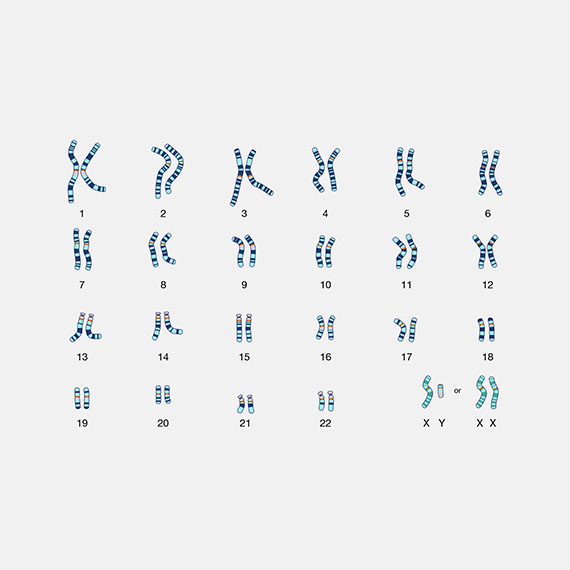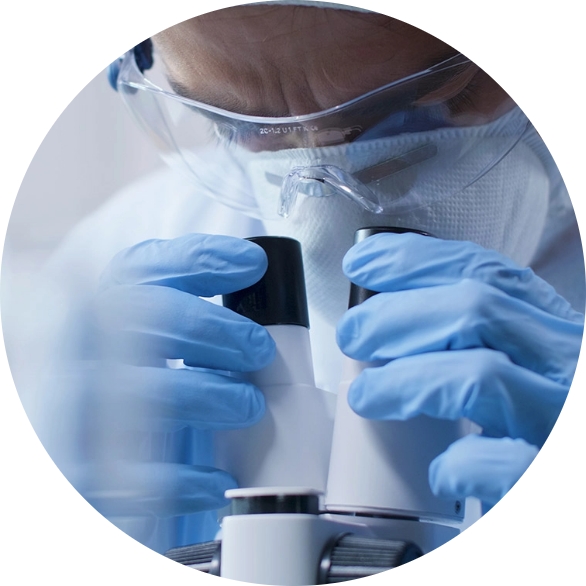What is a karyotype?
It is the visualization of the structure (size and shape) and number of chromosomes in a cell. All cells of the human body have their DNA organized into 22 pairs of autosomal chromosomes and 1 pair of sex chromosomes (which determine the sex). Thus, the karyotype of a normal male is 46, XY, while that of a normal female is 46, XX.

How is it performed?
A blood sample is required for karyotype analysis. The blood cells are isolated and cultured under specific conditions to stimulate division. The process is halted at the metaphase stage, where chromosomes are most visible. After staining, the chromosomes are examined and analyzed under a light microscope.
Who should undergo this test?
The test should also be considered when there is:
- A disorder in sex differentiation (usually observed by a pediatrician or endocrinologist).
- A family history of genetic abnormalities.
- Recurrent miscarriages.
- Infertility, such as oligozoospermia or azoospermia.
- Unexplained infertility

Is there treatment available?
While it is impossible to change one’s karyotype, understanding its implications can help guide appropriate medical and genetic counseling. This information is crucial for determining the next steps in managing fertility issues.
The karyotype is unique to each individual and remains constant throughout life, so the test only needs to be performed once, provided it is done accurately by experienced professionals.

